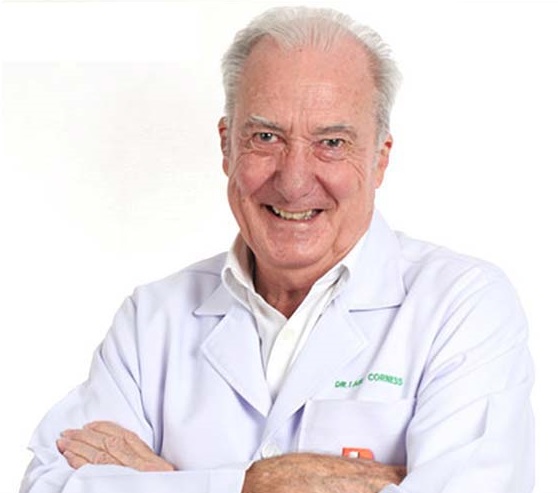

Hands up all women who have had at least one episode of “Thrush” in their lifetime. Half of you have just raised your hands. Does this mean I am psychic? The next David Copperfield? No. Thrush, or vaginal Candidiasis as we should correctly call it, is the most common gynecological disorder in the world, with more than 50 percent of women being affected.
So just why do 50 percent of women get this problem? The accusatory finger has been pointed at glucose metabolism, antibiotic use (or abuse), diet, nylon knickers, sexual activity, menstrual cycles, hygiene, chocolate cake and bicycles.
While it would appear that the causes are about as many as the theories, we should look at the basics first. What is the organism? Answer: It is just one of the “Yeast” organisms, of which there are a few, but the culprit is one called Candida albicans. Pathology slips that say “Candida species were observed” could be identifying Candida glabrata, Candida parapsilosis or Saccharomyces cerevisiae, all of whom do not cause symptoms or require treatment, despite their grandiose names. (I wonder who gives these things such names, and what they called their children? The mind boggles!)
Medical science has managed to show that women who are diabetic or who are immunocompromised are prone to this infection, but amazingly, the vast majority of sufferers are in other ways perfectly normal. However, with a little bit of investigation it appears that all these women have high estrogen levels in the vagina.
If you are doubtful of this, read on – newborn children get a rush of estrogens from their mother at birth, and until those estrogen levels fall after a few weeks, vaginal Candidiasis can occur. Young pre-pubertal girls have low estrogen levels and do not get Candidiasis; however, after puberty, when the levels rise, it does become a problem. During pregnancy is when a woman experiences her highest estrogen levels, and a common complication of pregnancy – Candidiasis. During breast feeding, estrogen levels are low, and, you guessed it – no Candidiasis. Women who have passed the menopause, when estrogen production falls, do not get Candidiasis, but when put on Hormone Replacement Therapy (usually referred to as HRT) will get it if the estrogen in the HRT is too strong. Believe now?
So what to do about this troublesome condition? Well there are various agents, called “azoles” which do curtail its spread and chase it away, the simplest being vaginal tablets inserted one daily for around a week. There are shorter courses available, but it has been my experience that recurrences are more frequent with the shorter treatment cycles.
For the recurrent cases of Candidiasis, and for some women this can be a real problem, then oral “azoles” taken for up to six months, in conjunction with local treatment, may be necessary. However, these agents when used for a continuous period of time can have a few side effects, and Liver Function Tests should be done. And don’t forget, if you are on HRT and are getting Thrush, then see your doctor, you may need HRT with a lower estrogen dose.
It is difficult being a woman, but men get their own “male” problems too. Be thankful you haven’t got a prostate.






